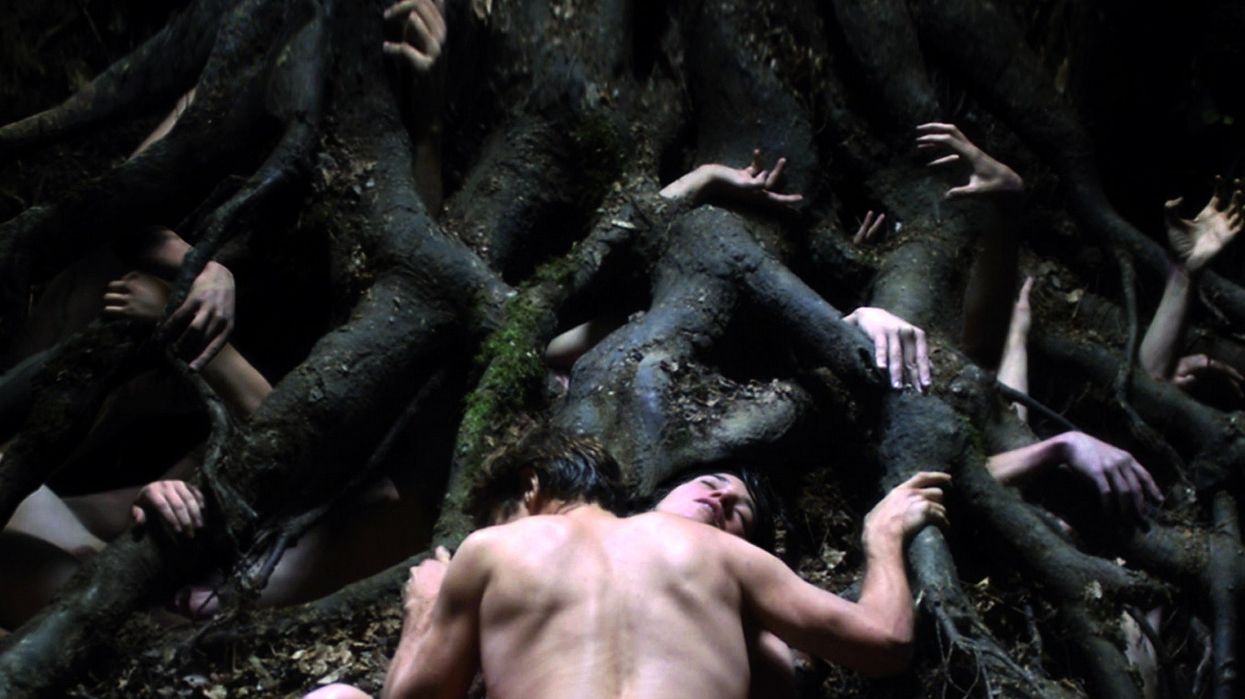There's no doubt that putting a film made by Danish director Lars von Trier out into the world is bound to get a reaction from audiences. The themes he so often chooses to explore are many times considered to be deeply disturbing, but the highly sexual and violent content that incites audience are but tools von Trier uses in his intentional provocation of his viewers.
In the video essay below, Lewis Bond explores von Trier's philosophy on cinema, as well as how his approach to filmmaking has taken the art form into new, oftentimes troubling places.
Back in 1995, von Trier and fellow director Thomas Vinterberg founded an avant-garde film movement called Dogme 95, which required its filmmakers to abide by a strict code of creative conduct called the Vow of Chastity. Though it ended just 10 years later, its influence on von Trier can be recognized in the films he made thereafter, films that leveled the importance of visual storytelling in favor of exalting that of performance and emotion.
This is why von Trier's style of filmmaking is so difficult to categorize, because he uses whichever approach best serves as a vehicle for the story. Not only does he capture naturalistic scenes that resemble the cinematographic style of cinéma vérité, as well as highly stylized, black and white, slow motion set pieces, but he uses both styles within the same film.

Which is interesting if you compare the work he did during Dogme 95 with the work he does today, because his contemporary films appear to be far less confined to a set of self-imposed rules and limitations, at least in terms of style and cinematic approach. However, the common thread throughout his entire body of work is that style and technique are mere mechanisms with which to extract and distill emotion.
And getting your audience to feel something because of what they have just seen is the finest ingredient in provocational cinema, but the intensity of their emotional reaction hinges upon the spiciness of the dish being served on screen. Von Trier over-seasons his films with extreme imagery and content—depictions of sexuality and violence that go way beyond reason or convention, because his aim is not to make the film palatable, but to make them too spicy to digest or even consume at all.
Some taste his cinematic flavor and immediately push their plates away in disgust, while others, though stricken by it, continue to eat in order to find answers to the questions the flavor has put on their tongues.
Source: Channel Criswell

















